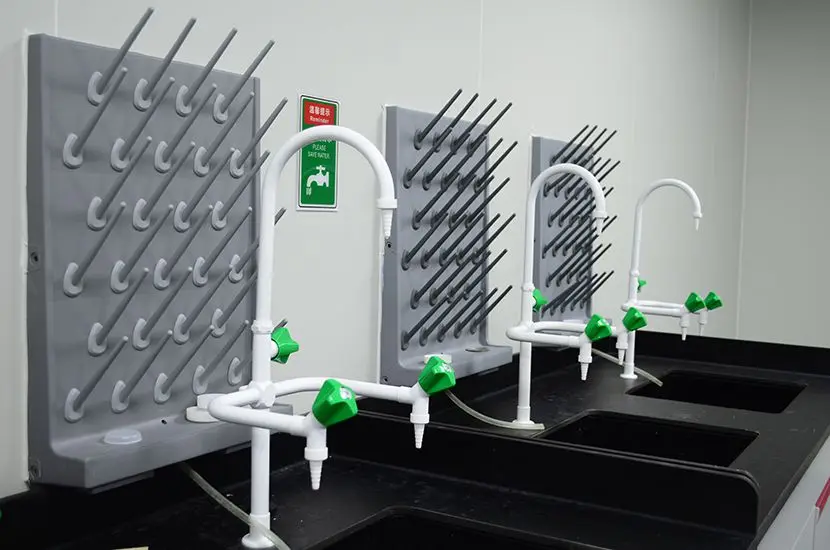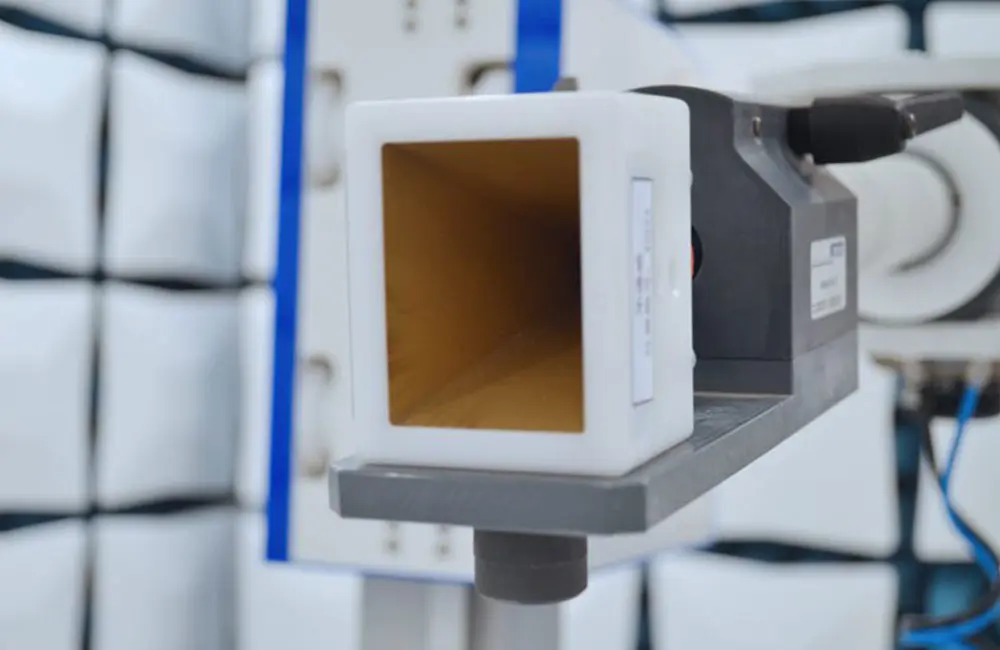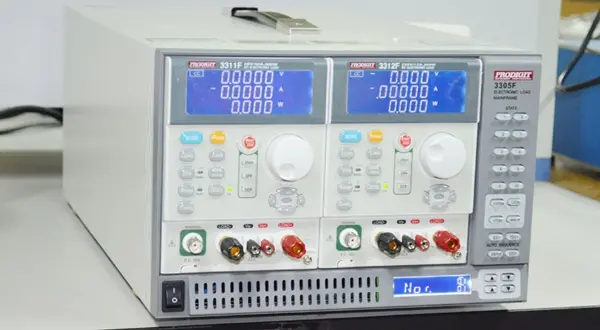
What is the IP67 Protection Rating Test Standard?
What standards must the IP67 protection rating test comply with? IP stands for Ingress Protection, meaning protection level. The two digits following "IP" represent different protective capabilities. The "XX" in "IPXX" consists of two Arabic numerals. The first digit indicates the level of protection against dust and foreign object intrusion, while the second digit indicates the degree of protection against moisture and water ingress.

Test Items and Requirements:
1. Dustproof Test (IP6X):
The main purpose of the dustproof test is to evaluate the product's enclosure's ability to prevent dust from entering. In the IP67 protection level, the digit "6" signifies complete prevention of foreign object intrusion and total dust ingress protection. During testing, the sample is placed in a dust test chamber, subjected to negative pressure, and tested using talcum powder. The talcum powder usage is 2 kg/m³, and the test duration is 8 hours. If no dust enters the enclosure after the test, it is consideRED to have passed.
2. Waterproof Test (IPX5):
The primary purpose of the waterproof test is to evaluate the product's enclosure's ability to prevent water ingress. In the IP65 protection level, the digit "5" represents protection against water jets from a nozzle from any direction. During testing, the sample is fixed on a test platform and subjected to strong water jet testing. The nozzle diameter is 12.5 mm, the water flow rate is (12 ± 0.5) L/min, and the spraying duration is about 1 minute per cubic meter of the enclosure's surface area. The test lasts at least 3 minutes, and the nozzle-to-enclosure distance is 2.5 m to 3 m. If no water droplets enter the enclosure, it is considered to have passed.
3. Waterproof Test (IPX7):
The IPX7 waterproof test in the IP67 protection level assesses the product's ability to withstand short-term immersion. In this test, the device under test is submerged in water at a depth of 1 meter for 30 minutes. After removal, the enclosure is opened to check for water ingress. If no water droplets are found inside, the test is considered passed.
Does passing the IP67 test ensure passing the IP66 test?
According to the waterproof test methods and conditions specified in GB/T 4208-2017, IP66 represents a waterproof rating where the test conditions involve a 12.5 mm nozzle and a spray distance of 2.5 m to 3 m, while IP67 involves short-term water immersion. The short-term immersion for IP67 typically means submersion in 1 meter of water for 30 minutes. Since the IPX6 test involves a much larger water flow than the IPX7 test, it cannot be assumed that IP67 is superior to IP66 in waterproof performance.
If the second waterproof rating digit is 6 or lower, the instrument also meets the requirements of lower protection levels. For example, the IP65 waterproof rating covers IP61 through IP64 ratings.
If the second waterproof rating digit is 7 or 8, the enclosure is designed for short-term or continuous immersion but is not suitable for high-pressure water jets, meaning it does not meet the requirements of a rating with a second digit of 5, 6, or 9.
ULtimately, whether IP66 or IP67 is better depends on the intended usage environment. If the product is to be used in environments requiring short-term immersion, IP67 is suitable. For general outdoor or workshop usage without immersion, IP66 suffices.
Testing Standards:
1. GB/T 4208-2017: This is the national standard specifying the classification and testing methods for enclosure protection ratings, applicable to various electronic devices sold or used domestically.
2. IEC 60529:2013: This is the international standard from the International Electrotechnical Commission, which also specifies the classification and testing methods for enclosure protection ratings. If equipment is to be exported, testing is typically conducted according to this standard, and English test reports are issued.
Email:hello@jjrlab.com
Write your message here and send it to us
 LED Lighting EMC Testing Service
LED Lighting EMC Testing Service
 EU REACH Compliance Testing Services
EU REACH Compliance Testing Services
 Electronic and Electrical Reliability Testing Serv
Electronic and Electrical Reliability Testing Serv
 Electronic & Electrical Safety Compliance Test
Electronic & Electrical Safety Compliance Test
 Shenzhen Electronic Electromagnetic Compatibility
Shenzhen Electronic Electromagnetic Compatibility
 How to Test IP68 Rating
How to Test IP68 Rating
 Differences Between FDA and LFGB for Food Contact
Differences Between FDA and LFGB for Food Contact
 Process and Precautions for Amazon CPC Certificate
Process and Precautions for Amazon CPC Certificate
Leave us a message
24-hour online customer service at any time to respond, so that you worry!




